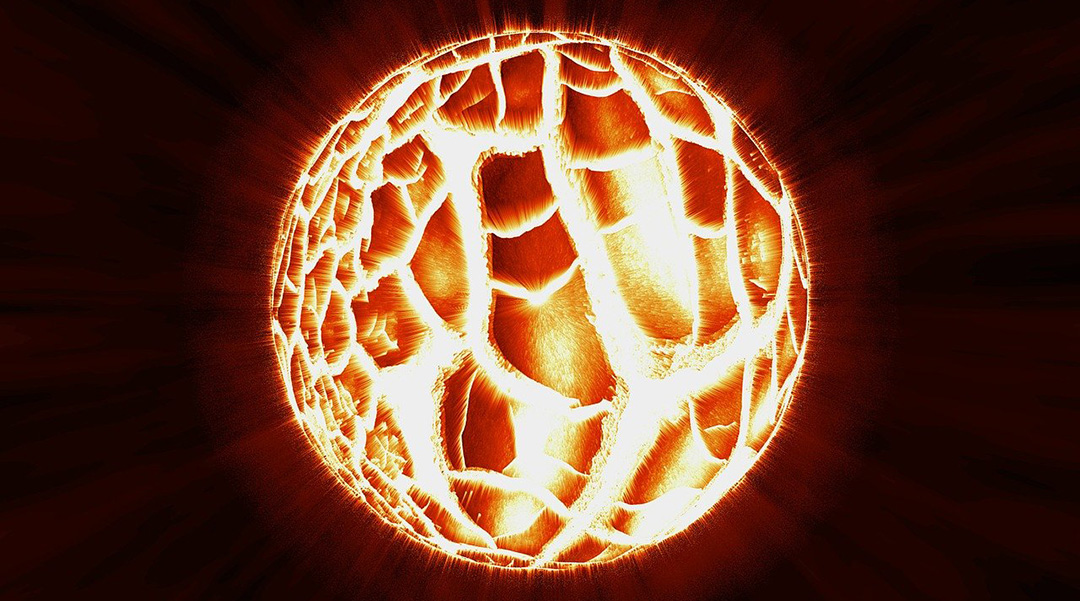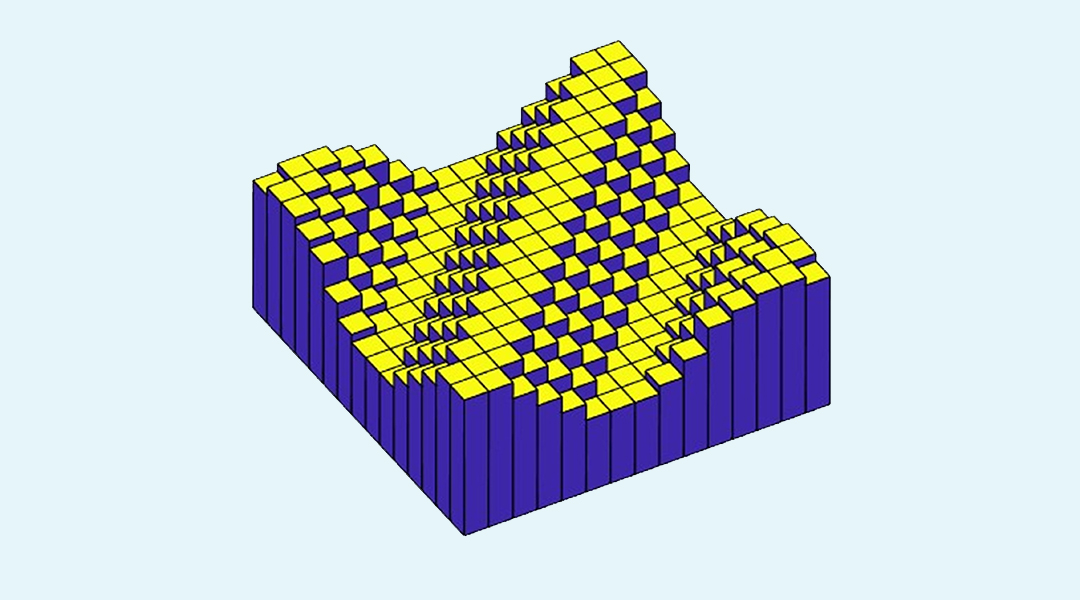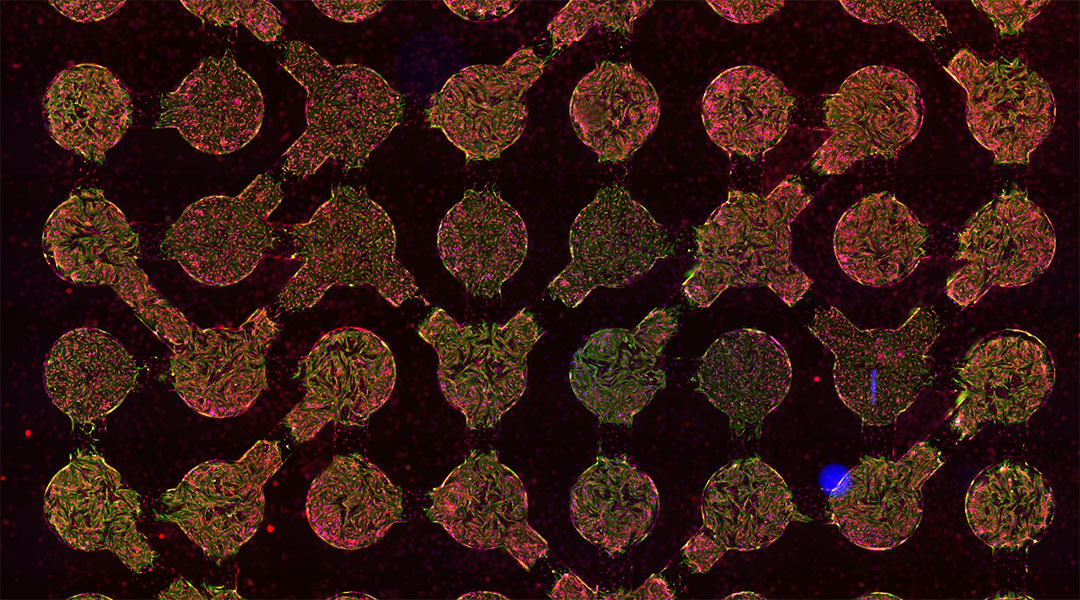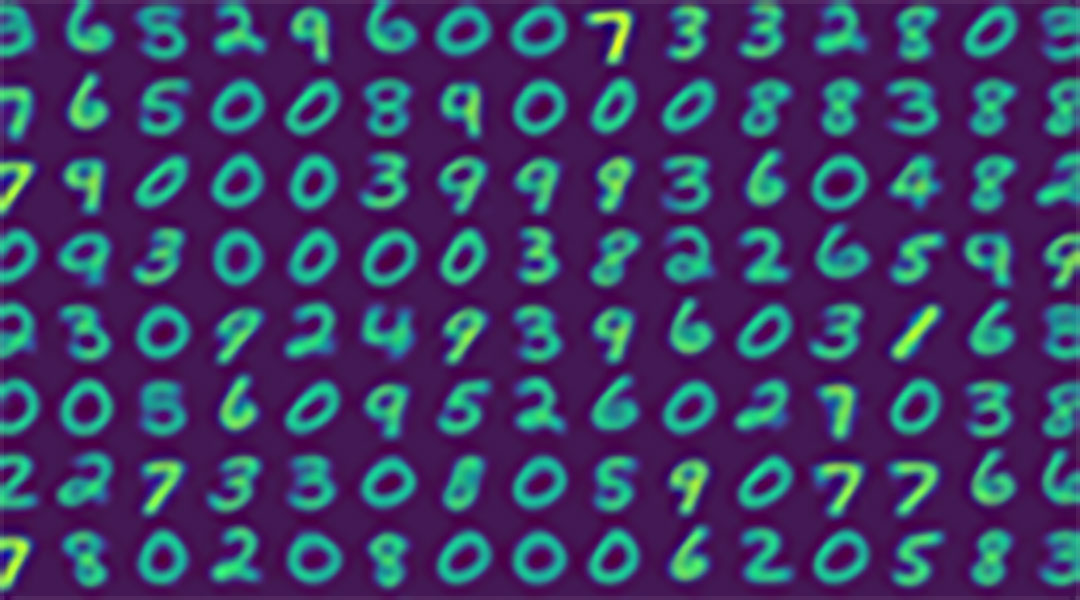Massive neutron stars have such enormous pressure in their cores that neutrons residing there lose their integrity and become a new type of matter.


Massive neutron stars have such enormous pressure in their cores that neutrons residing there lose their integrity and become a new type of matter.

A light-matter hybrid material on attosecond scales showcases enhanced conductivity with potential applications in solar cells and high-power electronics.

A new technique can detect the X-ray signature of an individual atom, even determining the structure of its electron orbits.

Mechanical metamaterials are finding application in data storage with benefits such as immunity to degradation and hacker protection.

Comparing simulated X-ray emissions from galaxy clusters to real observations provides support for the Standard Model of Cosmology.

A new study proposes a technique to print images on a special surface such that they can only be seen by authorized recipients.

A biocomputer built from connected heart cells solves computational problems with high accuracy and at a low computational cost.

Sending atomic and nuclear clocks into the inner reaches of our solar system could help scientists find proof of elusive dark matter.

Comparing algorithms used to model spinning neutron stars, scientists hope to better understand the physics of the elementary particles that make them up.

Researchers demonstrate learning behaviour in a solid-state device that is entirely controlled by electrical stimuli.